Description
Over the course of a career, every engineer needs to communicate, in both written and oral form, with other engineers and non-engineers. Yet, too many engineers never develop this basic skill.
Engineering Words draws on the authors’ extensive experience as technical communicators and their popular class in technical communication for engineers at the University of California, Riverside, to present a comprehensive introduction to communicating in the business world. It covers everything from the basics of clear writing to resumes to cover letters to requirements documents to presentations and much more.
This second edition expands to cover writing tools (including AI tools), functioning in today’s workplace, ethics, and selling your ideas.
Engineering Words can be used as a textbook for classes that train engineers to be effective communicators. It can also serve as a self-study text that even experienced engineers will find useful for improving their communication skills.
About Sharon Burton
Sharon Burton consults as a technical content strategist and teaches part time at the University of California, Riverside, in the Bourns College of Engineering. Leveraging her graduate cultural anthropology education, her career has been built around making content and content development easier for both businesses and content consumers. In that time, she’s also taught upwards of 8,000 people in corporate and university level courses.
In her spare time, she knits, sews, cooks, grows food, bakes bread, and rides her bike. Three or more nights a week, Sharon teaches baby engineers to communicate at the University of California, Riverside, as part of the engineering program.
About Bonni Graham Gonzalez
Bonni Graham Gonzalez teaches part time at the University of California, Riverside, in the Bourns College of Engineering. Bonni’s career has focused around storytelling, including designing and writing manuals that actually explain how to use products and creating award-winning marketing materials that both educate and sell.
When not marketing or thinking about marketing, Bonni crochets, beads, cooks, plays with her dog, and goes on road trips with her husband.
Only logged in customers who have purchased this product may leave a review.

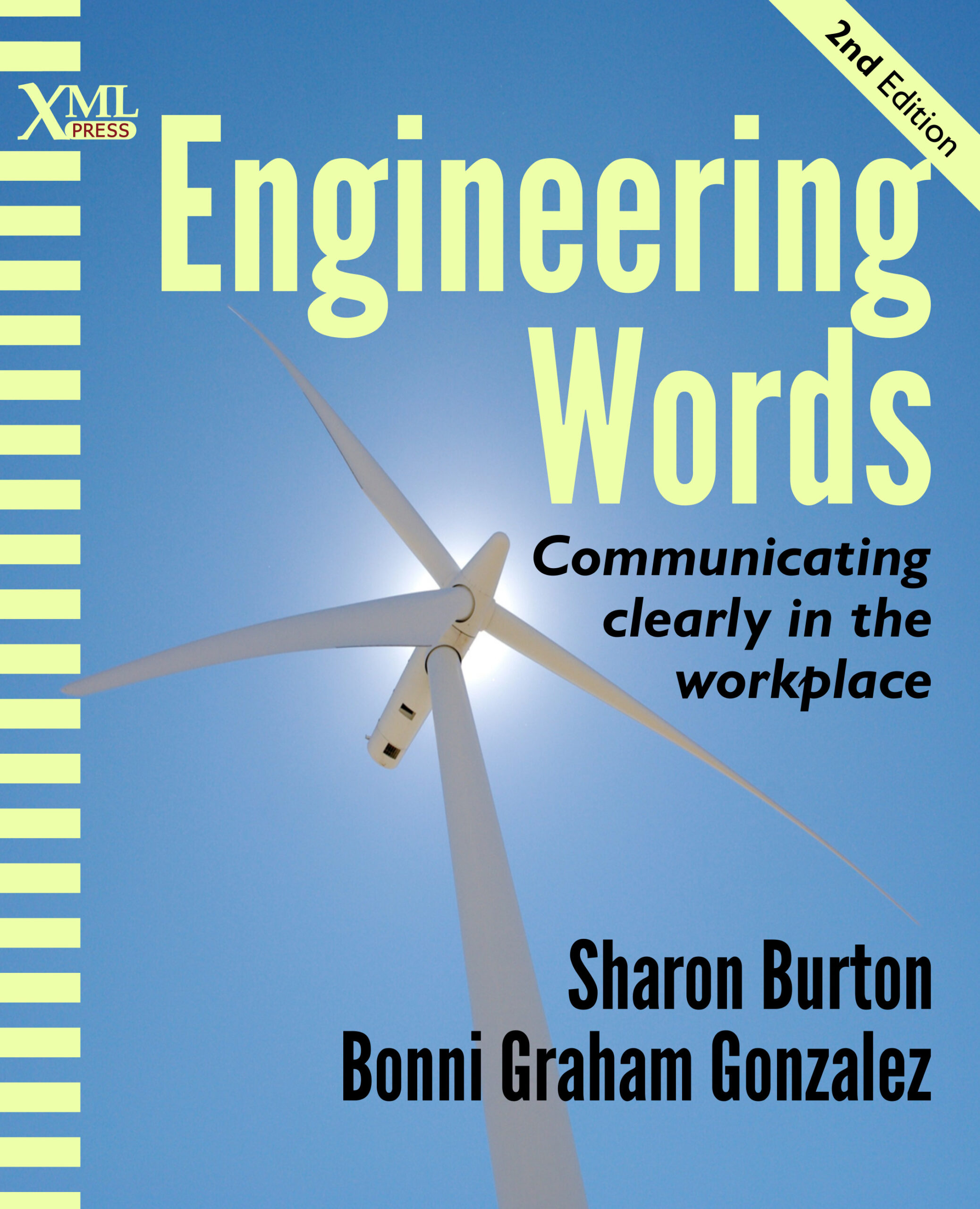
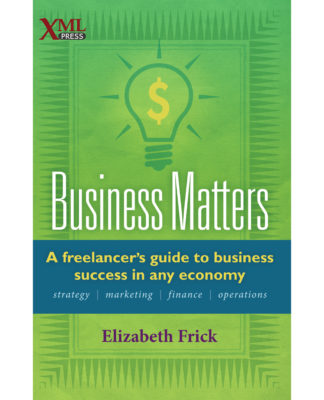
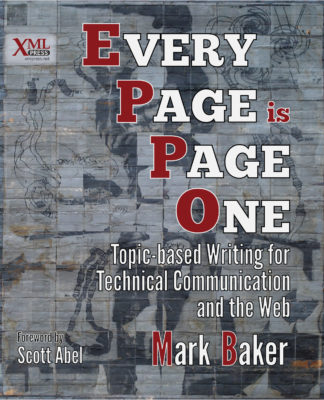
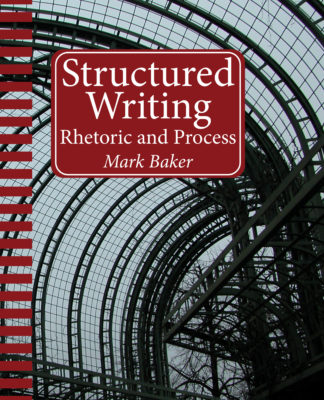
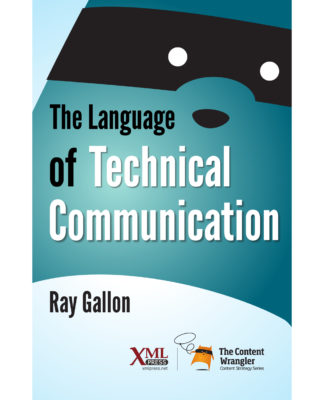
Reviews
There are no reviews yet.